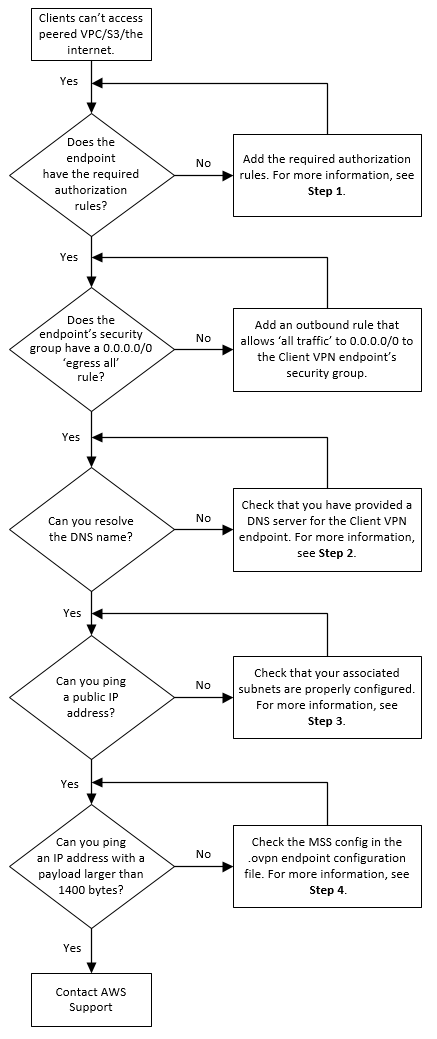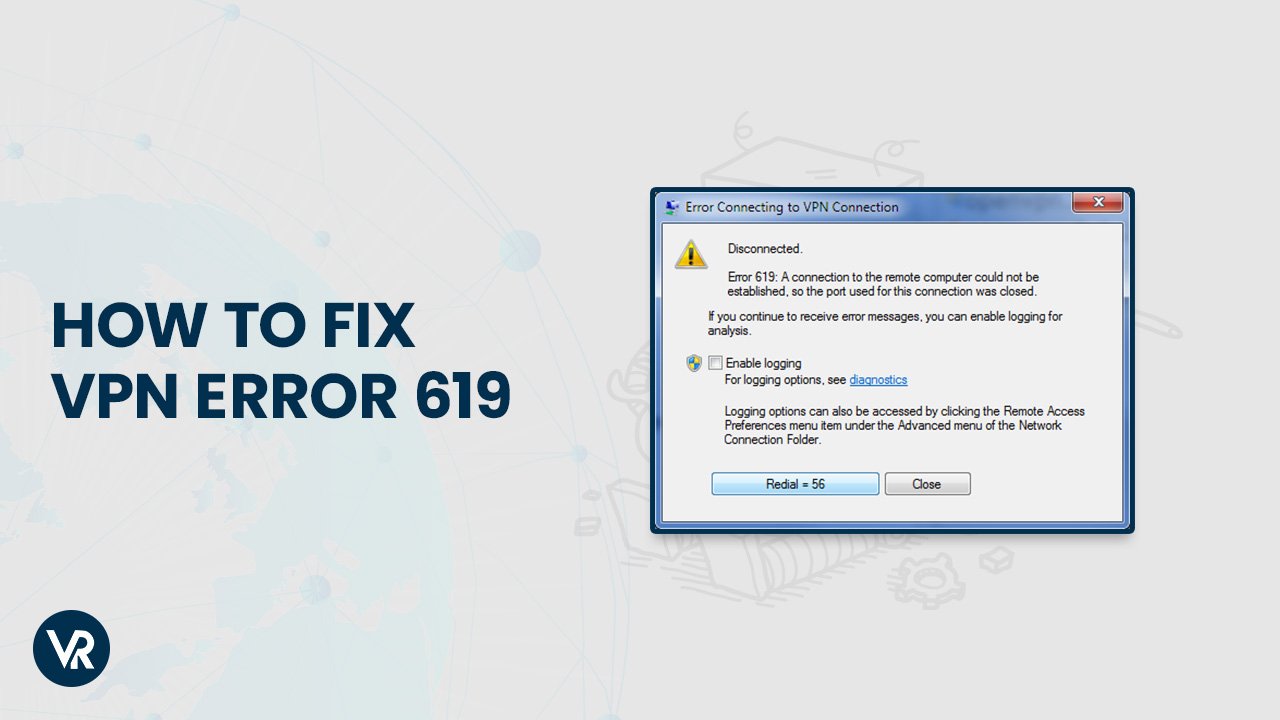Featured
Table of Contents
Vpn Not Working On Windows - Common Errors & Fixes

The Routing and Remote Gain access to snap-in lives within the Microsoft Management Console, known as the MMC. There are multiple ways to access the MMC. You can select the console from the Start menu's Programs choices, within the Administrative Tools folder within Windows server's Control board or by typing mmc at a command timely.
As Tech, Republic's Brandon Vigliarolo shows within his video at the start of this short article, the Solutions console shows the status of the Routing and Remote Access entry. From within the Services console and with the Routing and Remote Gain access to entry highlighted, you can click Start the Service or right-click the entry and choose Restart.
Sometimes the VPN customer and VPN server are set to using various authentication methods. Verify whether an authentication mistake is the issue by opening the server console. Another technique of accessing the MMC is to type Control+R to open a command timely in which you can type mmc and struck Go into or click OK.
If the entry isn't present, click File, choose Add/Remove Snap-in, pick the Routing and Remote Access option from the options and click Include, then OK. With the Routing and Remote Access snap-in included, right-click on the VPN server and click Residences. Examine the Security tab to verify the authentication technique.
How To Fix A Vpn Not Working On Your Iphone Or Ipad
Ensure the VPN client is set to the authentication method defined within the Security tab. Typically the items simply examined are responsible for many VPN connection refusal errors.
Each Web-based VPN connection generally uses 2 various IP addresses for the VPN client computer system. This is the IP address that's utilized to establish the preliminary TCP/IP connection to the VPN server over the Internet.

This IP address typically has the same subnet as the local network and thus enables the client to interact with the regional network. When you established the VPN server, you must configure a DHCP server to designate addresses to customers, or you can create a bank of IP addresses to appoint to clients straight from the VPN server.


If this alternative is picked and the reliable remote access policy is set to enable remote access, the user will be able to connect to the VPN. I have been not able to re-create the situation personally, I have heard rumors that a bug exists in older Windows servers that can trigger the connection to be accepted even if the effective remote access policy is set to reject a user's connection.
Check Vpn (Virtual Private Network) And Third-party ...

Another typical VPN issue is that a connection is effectively developed however the remote user is unable to access the network beyond the VPN server. Without a doubt, the most common cause of this problem is that consent hasn't been approved for the user to access the entire network. To permit a user to access the whole network, go to the Routing and Remote Access console and right-click on the VPN server that's having the problem.
At the top of the IP tab is an Enable IP Routing check box. If this check box is made it possible for, VPN users will be able to access the remainder of the network, presuming network firewalls and security-as-a-service settings permit. If the checkbox is not selected, these users will be able to gain access to just the VPN server, however absolutely nothing beyond.
For instance, if a user is dialing directly into the VPN server, it's normally best to set up a fixed route in between the customer and the server. You can configure a static path by going to the Dial In tab of the user's residential or commercial properties sheet in Active Directory site Users and Computers and choosing the Apply A Static Route check box.
Click the Add Path button and then get in the location IP address and network mask in the area offered. The metric ought to be left at 1. If you're utilizing a DHCP server to designate IP addresses to clients, there are a couple of other problems that might cause users not to be able to surpass the VPN server.
Common Issues · Cloudflare Zero Trust Docs
If the DHCP server designates the user an IP address that is currently in usage elsewhere on the network, Windows will spot the dispute and avoid the user from accessing the remainder of the network. Another typical problem is the user not receiving an address at all. The majority of the time, if the DHCP server can't designate the user an IP address, the connection won't make it this far.
254.x. x variety. If the client is assigned an address in a range that's not present within the system's routing tables, the user will be not able to browse the network beyond the VPN server. Other problems can add to this problem, too. Ensure the resources the user is attempting to gain access to are really on the network to which the user is connecting.
A VPN connection to the other subnet might, in fact, be needed. A firewall program or security as a service solution might likewise be to blame, so don't forget to examine those solutions' settings, if such elements exist between the VPN server and the resources the user seeks to reach.
The very first possibility is that one or more of the routers involved is performing IP packet filtering. I advise examining the client, the server and any makers in between for IP packet filters.
Latest Posts
Best Vpn Services 2023 — Today's Top Picks
Best Vpns For Small Business In 2023
Vpn Connectivity And Troubleshooting Guide